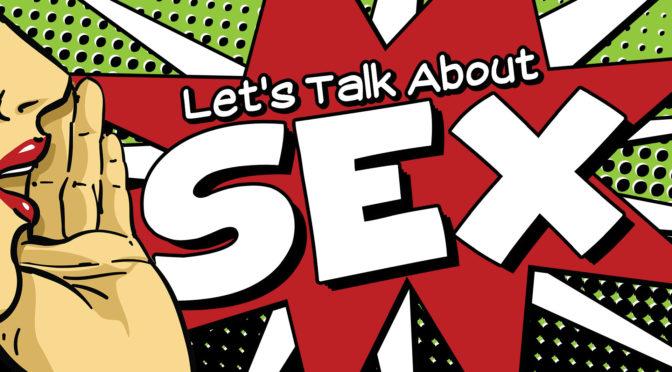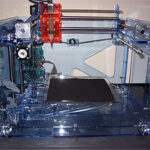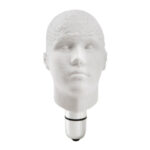

My sixth-grader just went through a round of sex education at his middle school. The first thing I learned from him is that he had no idea that I knew anything about what he was being taught and was surprised to find out that I too know both the real and the slang terms for the body parts. So, obviously we have to work a bit on his critical thinking skills. The second thing I learned from him is how sex ed has changed since I was a kid, which is to say, not changed much at all. Sure, the technology has been a bit updated; it took me years to separate the alert noise the filmstrip made when the teacher was supposed to advance a slide from my understanding of how teaching was done. Now, they watch things that are on DVD. In my films, everybody wore bell bottoms; in theirs they wear, well, whatever the hell it is kids wore about five years ago.
In general, however, the classroom experience is the same. Sit in a semi-darkened room and be handed over into the world of visuals. But this raises an important question: how can students with visual impairments who are now, more often than not, integrated directly into a classroom rather than attending a special school for the blind, learn from a teaching system that is almost entirely image based?
That was the question being asked by the team at Benetech, a social impact technologies-focused nonprofit. Lisa Wadors Verne, Program Manager in Education Research and Partnerships at Benetech, reached out to researchers at San Francisco’s LightHouse for the Blind and Visually Impaired – which also recently hosted a discussion on intimacy and disability – and Northern Illinois University. Together they are 3D printing some models designed to support sex ed and doing pilot tests of their efficacy in the classroom. Verne explained:

“Many of the kids who are blind, because much of the information is presented in photographs or videotapes, they miss out on key information that their peers are able to see. We want to test how much the student learned that maybe they wouldn’t have gotten from just listening to someone talk about this out loud. The other thing we’re going to try to parse out on this too is how valuable is this – how much would a teacher be willing to spend on a model like this.”
To purchase anatomical models can be quite costly, somewhere in the hundreds of dollars, and many school systems who may have a limited number of blind students may not be able to afford to allocate those kinds of funds towards such a small part of their education. The hope of the researchers involved in this project is that if it is determined that these models make a significant difference in sex education in terms of learning for visually impaired children, that the models can be made freely available as open-source files. This would allow them to be printed on an ‘as needed’ basis with very little lead time and at a greatly reduced cost.
As more and more schools are acquiring their own in-house 3D printers or at least have access to printing services, we will most likely see an increase not only in models for sex education but across subjects that will help unlock a component of learning for visually impaired students who have only had narration to rely upon previously. These kinds of models range from planetary systems to the inner workings of atoms and are increasingly available through open-source platforms.
These kinds of models are also the best of what is termed “Universal Design” because not only do they provide necessary information to students who are blind, but can also be extremely helpful for those who are visual learners. Discuss in the Sex Ed forum at 3DPB.com.
[Source/Images: FastCoExist]
When it comes to 3D real estate visualization in the USA, our service provides the perfect solution for bringing property listings to life. Through our platform, you can easily access cutting-edge 3D renderings that showcase your real estate projects in a way that attracts potential buyers and investors. Whether it's residential, commercial, or mixed-use properties, our team of experts uses advanced technology to create immersive visualizations that highlight the best features of your property, making it easier for clients to imagine the space as their own.
Through our website, you can quickly get high-quality 3D real estate visualizations that are tailored to your specific needs. With our help, you'll stand out in the competitive real estate market by offering potential buyers a realistic, interactive view of your property. Our efficient process ensures a fast turnaround time, while our attention to detail guarantees that every aspect of the property is represented accurately, giving you a powerful marketing tool to promote your real estate listings.






